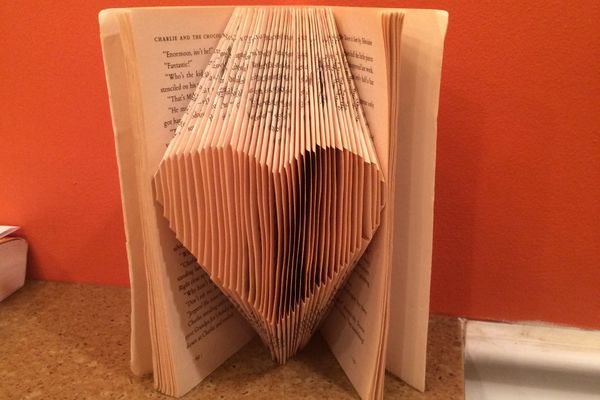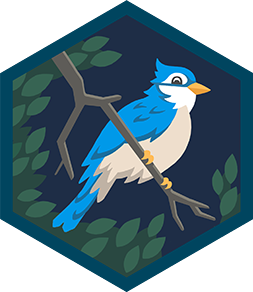Handle a bird of prey
Attend a supervised demonstration with a licensed falconer, learn safety steps, and practice handling a bird of prey while wearing a protective glove.



Step-by-step guide to handle a bird of prey
BIRDS OF PREY - KIDS GUIDE TO RAPTORS (BIRDS OF PREY)
Step 1
Have an adult help you book a supervised demonstration with a licensed falconer.
Step 2
Put on protective clothing such as a long-sleeve shirt long pants and closed-toe shoes.
Step 3
Arrive a little early and check in with the falconer at the meeting spot.
Step 4
Stand quietly and listen to the falconer's safety briefing.
Step 5
Ask at least one question about how to behave near the bird.
Step 6
Remove any loose jewelry the falconer asks you to take off.
Step 7
Tie back long hair or secure it so it cannot flap.
Step 8
Put on the leather falconry glove exactly as the falconer shows you.
Step 9
Extend your gloved arm as the falconer instructs and hold it steady.
Step 10
Keep your body still while the falconer places the bird on your glove.
Step 11
Follow the falconer's instruction to try one small guided movement while the bird rests on your glove.
Step 12
Return the bird to the handler only when the falconer tells you to do so.
Step 13
Remove the glove only after the falconer says it is safe.
Step 14
Wash your hands or use hand sanitizer after handling the bird.
Step 15
Share your finished creation on DIY.org
Final steps
You're almost there! Complete all the steps, bring your creation to life, post it, and conquer the challenge!


Help!?
If I can't find a leather falconry glove, what can we use instead?
Ask the licensed falconer to provide or approve a heavy leather or thick work glove rather than using thin or makeshift gloves instead of the leather falconry glove mentioned in the instructions.
What should we do if the bird seems restless or won't settle on the glove during the demo?
Stay still and keep your gloved arm steady as instructed, follow the falconer's safety briefing, and ask the falconer to guide the small movement or return the bird to the handler if it remains unsettled.
How can this activity be adapted for younger or older children?
For younger children, have the adult book a shorter supervised demonstration and ask the falconer to let them observe and ask a question instead of wearing the glove, while older children can complete all steps including extending the gloved arm and trying the guided movement.
How can we extend or personalize the experience after the handling session?
After you wash your hands or use hand sanitizer and share on DIY.org, create a labeled drawing or short photo caption about the bird and the falconer's safety tips and include how the guided movement felt to personalize your submission.
Watch videos on how to handle a bird of prey
All About Birds of Prey - Educational video for kids
Facts about falconry and raptor handling
🧤 Falconry gloves (gauntlets) are thick leather protections that let handlers safely hold powerful talons.
🤝 Harris's hawks are famous for cooperative hunting and are often used in public demonstrations because they work well with people.
🧾 In many places you must be licensed to practice falconry, and birds are often banded or registered for safety and conservation.
👀 Many raptors have eyesight about 5–8 times sharper than humans, so they can spot small prey from far away.
🦅 Peregrine falcons are the fastest animals on Earth — their hunting dive can exceed 200 miles per hour!
How do I attend and handle a bird of prey during a supervised demonstration?
What materials and gear are needed to handle a bird of prey safely?
What ages are suitable for attending a bird of prey handling demo?
What safety precautions and benefits should parents know about this activity?


One subscription, many ways to play and learn.
Only $6.99 after trial. No credit card required



